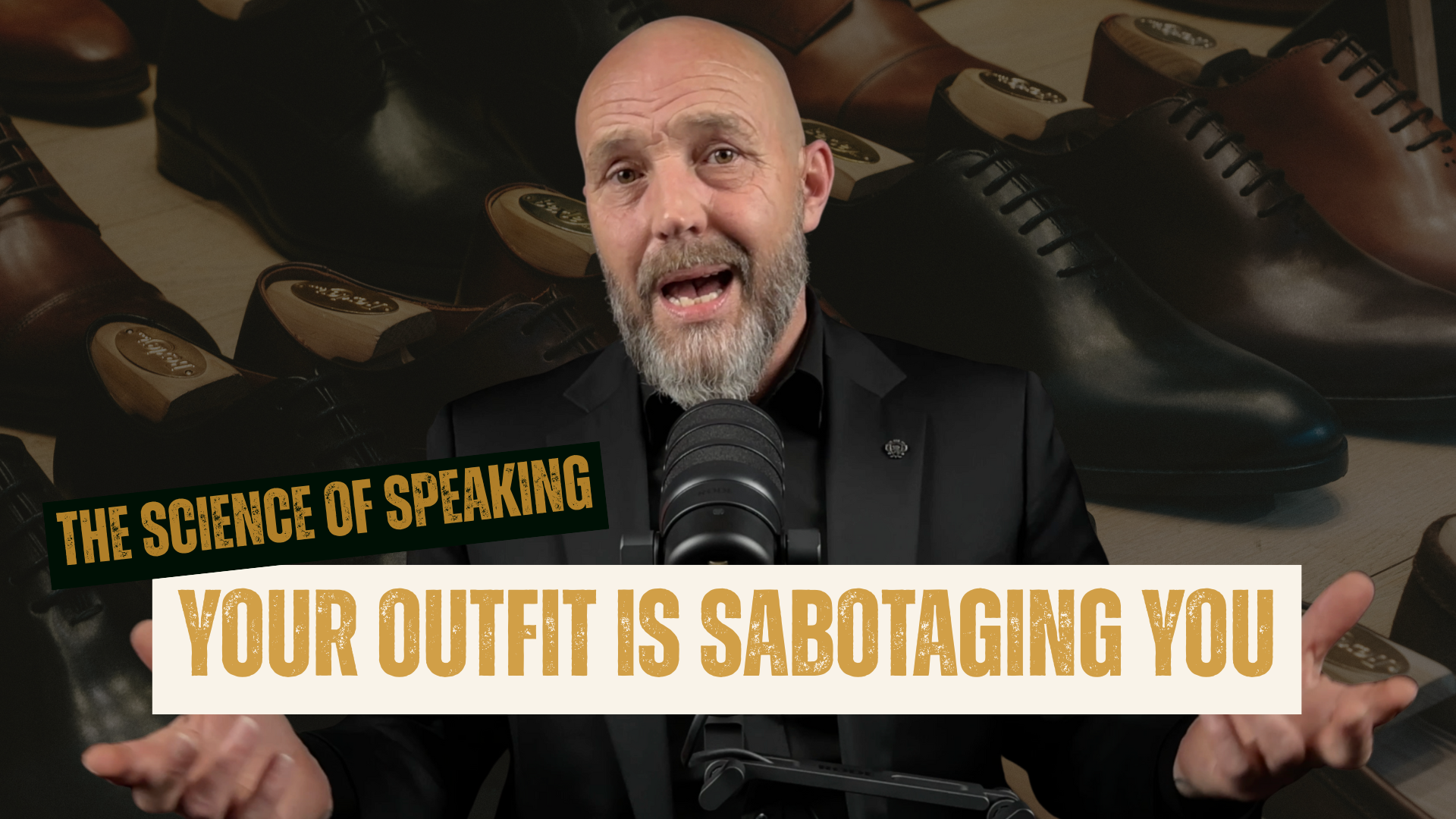
1. Setting the Scene: Britain’s Darkest Hour
On June 4, 1940, as the British Expeditionary Force was evacuated from Dunkirk, Prime Minister Winston Churchill addressed the House of Commons. Despite the success of Operation Dynamo, Britain faced the looming threat of Nazi invasion. Churchill’s speech was crafted not just to inform, but to steel the public’s resolve and prepare the nation for what lay ahead. It would become one of the most iconic wartime speeches in history — a defiant roar in the face of annihilation.
2. The Anatomy of a Historic Speech
Churchill’s address is remembered for its unshakeable clarity, iron-clad resolve, and extraordinary command of language. Key rhetorical elements include:
- Anaphora: The deliberate repetition of “we shall fight…” builds rhythm and momentum.
- Inclusive Language: Using “we” and “our” to create a collective sense of purpose.
- Vivid Imagery: From “the landing grounds” to “the streets,” Churchill paints a visual map of Britain’s stand.
- Moral Conviction: The assertion that “we shall never surrender” strikes a deep ethical chord.
Though spoken to Parliament, the speech was designed for the entire British public. And it worked — the country did not flinch.
3. Churchill’s CLT Mastery: How the “Beaches” Speech Used the 12 Charismatic Leadership Tactics
Churchill’s speech is a textbook example of the 12 Charismatic Leadership Tactics (CLTs) identified by John Antonakis and colleagues at the University of Lausanne. These research-backed tactics are used by the most influential leaders to inspire, influence, and move people to act.
Here’s how Churchill brought them to life:
1. Metaphors, Similes, and Analogies
“We shall fight on the beaches… the landing grounds… the fields… the streets… the hills…”
Geography becomes metaphor — every part of Britain is a battleground of collective will.
2. Stories and Anecdotes
Though there are no personal anecdotes, Churchill narrates a collective national story — the evacuation from Dunkirk, the continuation of the fight, and the future struggle. It’s Britain as protagonist.
3. Contrasts
“Even though large tracts of Europe… have fallen… we shall not flag or fail.”
A clear emotional contrast between despair and defiance.
4. Rhetorical Questions
While not explicit, the speech is shaped as a rhetorical challenge: What kind of people will we be? It calls on the listener to respond with action.
5. Expressions of Moral Conviction
“We shall never surrender.”
No hedging. Just pure, uncompromising belief in the moral duty to resist.
6. Reflections of the Group’s Sentiments
“We shall go on to the end…”
Churchill channels the resilience and fear of the public and gives it language.
7. Three-Part Lists
“…on the beaches, on the landing grounds, in the fields…”
The iconic rule of three (extended beyond three for effect) adds rhythm and structure.
8. Setting High Goals
“…until, in God’s good time, the New World… steps forth to the rescue…”
He points beyond defence — toward victory, unity, and international salvation.
9. Conveying Confidence
“…we shall not flag or fail…”
Every word is delivered with grounded certainty, not bravado.
10. Animated Voice
Churchill’s slow, weighty delivery held space for every phrase to land with precision.
11. Facial Expressions
While the speech wasn’t televised, accounts describe Churchill’s serious and steady expression, reflecting the grave weight of leadership.
12. Gestures
Churchill’s V for Victory salute and body presence during broadcasts were legendary. He lived the message.
✨ For speakers today, this speech shows that charisma isn’t loud — it’s certain. Charisma isn’t flair — it’s conviction wrapped in clarity.
4. Lessons for Modern Communicators
Churchill’s speech is a goldmine of inspiration for today’s speakers and leaders:
- Define a Clear Vision: Even in the fog of war, Churchill made the mission crystal clear: never surrender.
- Use Repetition for Emphasis: “We shall fight…” becomes a drumbeat of courage.
- Speak with Moral Clarity: Don’t just give information — express belief.
- Foster Unity: Inclusive language turns an audience into an army.
- Make Your Message Physical: Voice, face, and body must align with your words.
5. Experience the Speech
To truly feel the force of Churchill’s words, watch or listen to the full speech here:
🎥 Churchill — “We Shall Fight on the Beaches”
Want to speak like Churchill? Understand the science. Learn the tactics. And practise like it matters — because it does.




